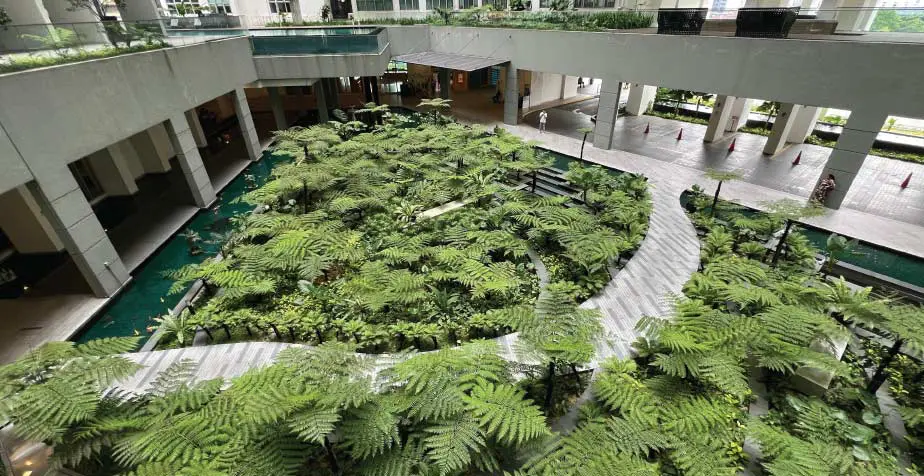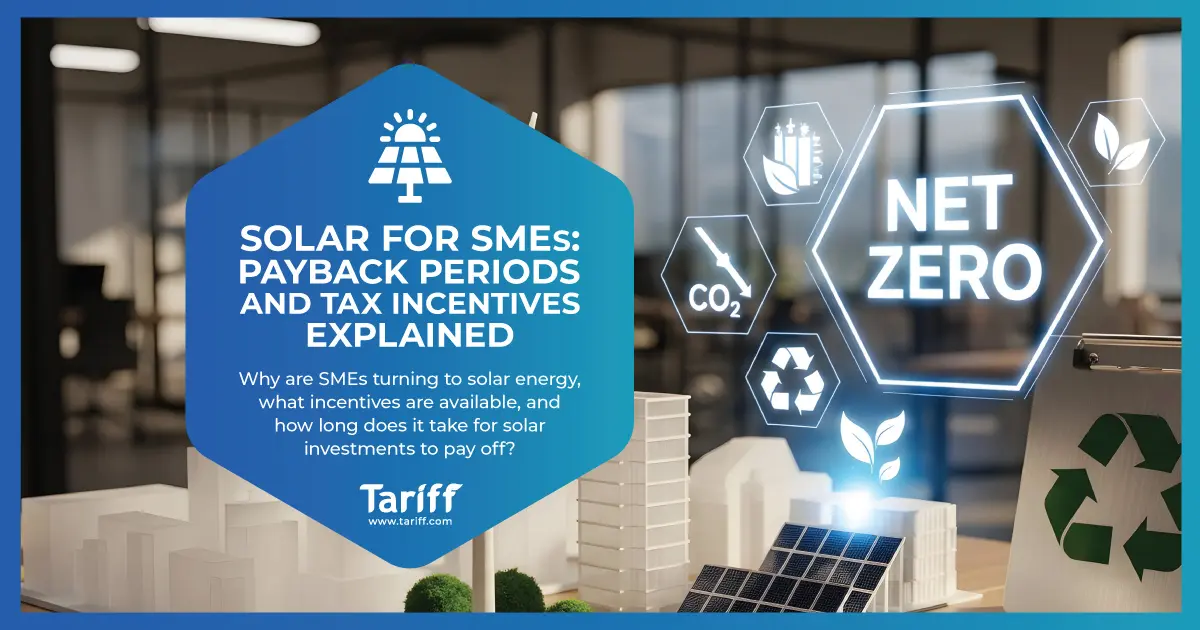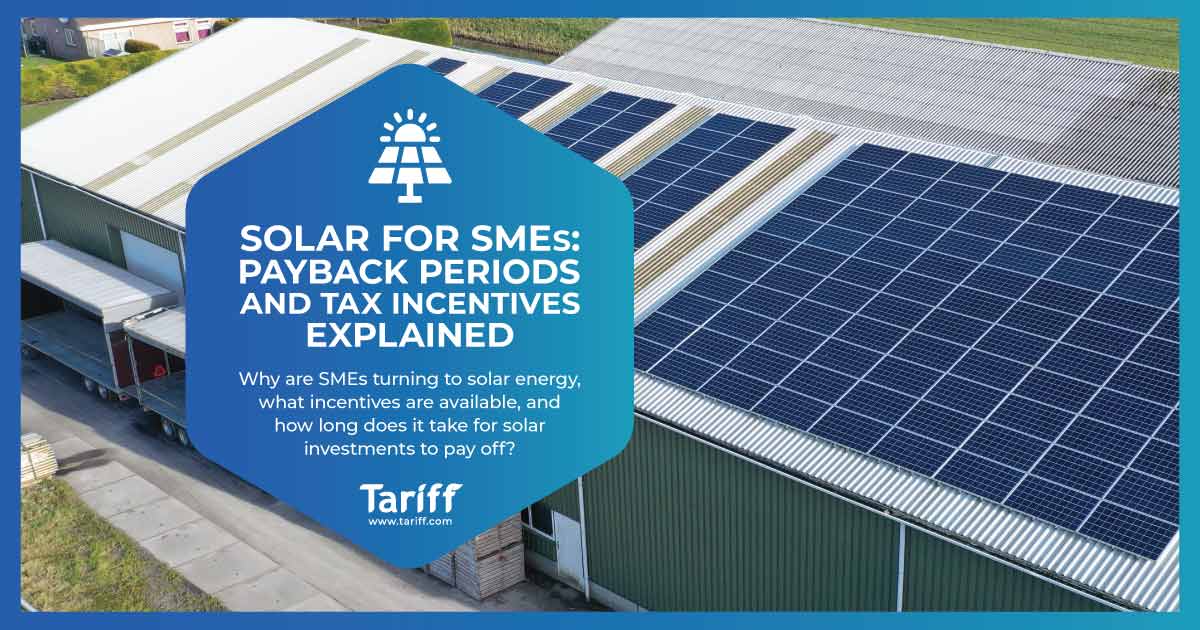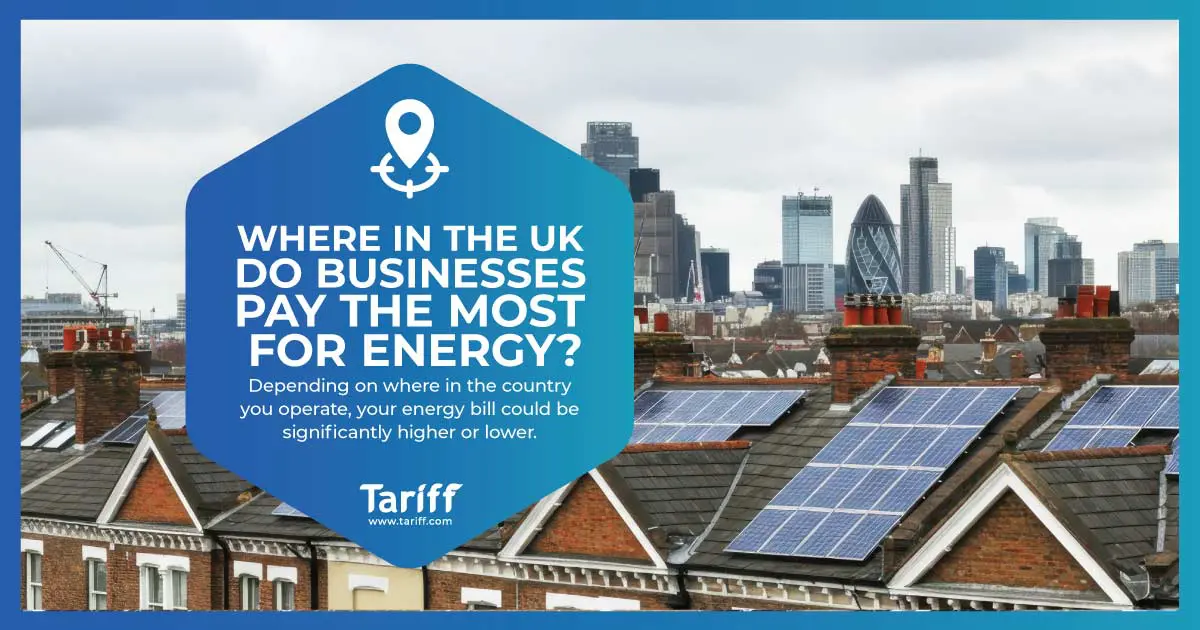Everything You Need to Know About BNG
In today’s world, where climate change, habitat loss, and declining wildlife populations dominate the headlines, our relationship with the natural environment is under the microscope like never before. It’s no longer just about protecting what’s left, we need to restore, rebuild, and enhance the world around us.
Enter BNG, or Biodiversity Net Gain-a term you might have come across if you’re in property development, infrastructure planning, or environmental consultancy. But what is BNG, really? Why is it suddenly essential for so many industries? And how can your business get it right?
In this article, we will break it all down.
What Does BNG Stand For?

First off, BNG stands for Biodiversity Net Gain. It’s a framework adopted in England that aims to make sure that any new development leaves the natural environment in a measurably better state than it was before.
Rather than just avoiding environmental damage, BNG encourages developers to actively improve the biodiversity of an area through restoration, creation, or enhancement of habitats.
In short, it’s about giving back more than you take, building not just with bricks and mortar, but with nature in mind.
What Is BNG?
BNG is a legal requirement (as of 2024) in England that requires most new developments to improve biodiversity by at least 10%. This isn’t just a vague aspiration; it’s a measurable target calculated using specific metrics, and it needs to be factored into your development plans from the outset.
Under the Environment Act 2021, developers must now assess the existing ecological value of their site, propose improvements, and deliver those improvements either on-site or off-site through alternative habitats or what are known as BNG credits.
It’s a shift from the traditional model of “minimising damage” to a more proactive stance: “let’s make this better than before.”
How Does BNG Work in Practice?
BNG isn’t just a concept, it’s a structured, trackable process. Here’s how it works in a typical development cycle:
1. Baseline Assessment
Before any building work begins, a qualified ecologist will assess the site using the government-approved BNG metric. This metric takes into account the types of habitat, their condition, and ecological value. The result is a baseline “score” in BNG units.
2. Planning the Gain
Next, you’ll need a Biodiversity Gain Plan. This outlines how your project will achieve the mandatory 10% gain, either by enhancing existing habitats, creating new ones, or buying BNG credits for improvements elsewhere.
3. Approval and Monitoring
The local planning authority must approve the plan. Once the development is completed, the gains must be monitored over 30 years to ensure they’re maintained and continue to benefit nature long-term.
BNG isn’t a quick fix, it’s a commitment to lasting environmental uplift.
What Is a BNG Unit?

Think of a BNG unit like a currency for biodiversity.
Each unit represents a measurable ecological value, factoring in the type, quality, and location of a habitat. When you develop land, you inevitably reduce biodiversity in some way. BNG units allow you to calculate that loss, and then make up for it, plus an extra 10%, in measurable ways.
So, if your development results in the loss of 20 biodiversity units, you’ll need to deliver at least 22 units in return to comply with BNG regulations.
When Is BNG Required?
From February 12, 2024, BNG became mandatory for most developments in England under the Environment Act.
You’ll need to comply with BNG if:
- Your project requires planning permission under the Town and Country Planning Act.
- You’re working on large-scale housing, commercial, or infrastructure developments.
There are some exceptions, like small-scale household renovations or changes of use without land development. But for the majority of developers, BNG is now part of the planning landscape, just like drainage or access considerations.
What Are BNG Credits?
Sometimes, it’s not possible to achieve the required biodiversity uplift on your own site. Maybe the land isn’t suitable for the types of habitat needed, or the biodiversity baseline is already quite high.
That’s where BNG credits come in.
BNG credits are essentially a way to offset your development’s impact by funding habitat creation or restoration elsewhere. These projects are usually managed by third-party providers and must be registered with Natural England.
It’s worth noting that on-site and local off-site gains are preferred by planning authorities. Credits are typically a last resort if no other options are viable.
Why Does BNG Matter?
BNG isn’t just another hoop to jump through. It’s part of a larger shift toward sustainable development, a recognition that our built environment and natural ecosystems don’t have to be in conflict.
We’re at a turning point. In the UK alone, over 41% of species have declined since 1970. The destruction of hedgerows, wetlands, and grasslands for housing or industrial use has devastated wildlife populations. BNG represents a genuine opportunity to reverse some of that damage, while still delivering the homes, infrastructure, and communities we need.
BNG also reflects growing public and investor expectations. With environmental, social, and governance (ESG) goals now at the forefront of many business strategies, integrating BNG into your projects shows you’re serious about sustainability.
What Are the Benefits of BNG for Developers and Landowners?
Complying with BNG doesn’t have to be a burden. In fact, there are real commercial advantages:
- Smoother Planning Process: Demonstrating a solid BNG plan can make planning approval quicker and more straightforward.
- Access to Funding: Investors and lenders are increasingly looking for evidence of sustainable practices. BNG ticks the box.
- Positive PR: Showing that your development contributes to environmental health builds trust with the local community and customers.
- Long-Term Value: Developments surrounded by well-maintained green spaces are more attractive and can command higher prices or rental yields.
A New Standard for Building With Nature in Mind

BNG is more than just a box-ticking exercise. It’s a powerful framework that challenges us to rethink the way we build and live. Whether you’re a seasoned developer or just starting out, understanding BNG is essential for success in a rapidly evolving planning environment.
By putting nature at the heart of development, BNG offers a vision for the future that’s greener, fairer, and more sustainable for everyone.
How Can Tariff.com Help?
If you’re a developer or landowner trying to navigate BNG for the first time, you’re not alone, and you don’t need to go it alone either.
At Tariff.com, we’re here to help businesses align with environmental regulations and sustainability goals. From understanding your obligations under BNG to finding reliable offset providers and tracking long-term impacts, our team can support you every step of the way.
If your project can’t achieve full BNG on-site, here is how we can help.
Tariff.com is actively involved in various registered projects. We have a strong presence and projects in the Bristol region, where we collaborate closely with local stakeholders.
However, our operational scope is UK-wide. We partner with carefully selected landowners, and local authorities across the country. This ensures that all BNG units sourced via Tariff.com are not only registered and compliant but also represent genuine, high-quality environmental enhancements, delivering the biodiversity uplift your project requires.
Got questions about how BNG might affect your next project, or interested in BNG Units? Reach out to Tariff.com, we’d love to help.




